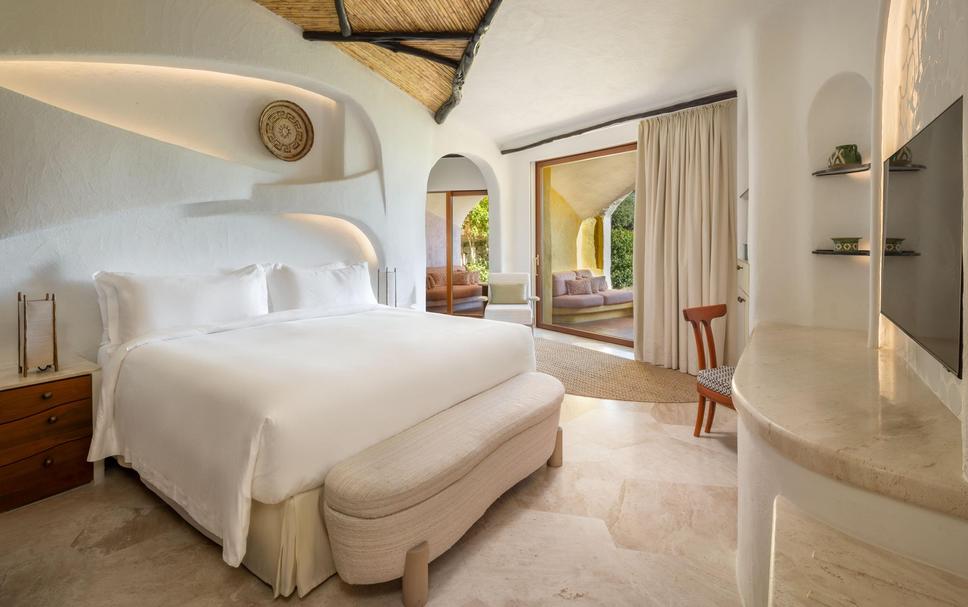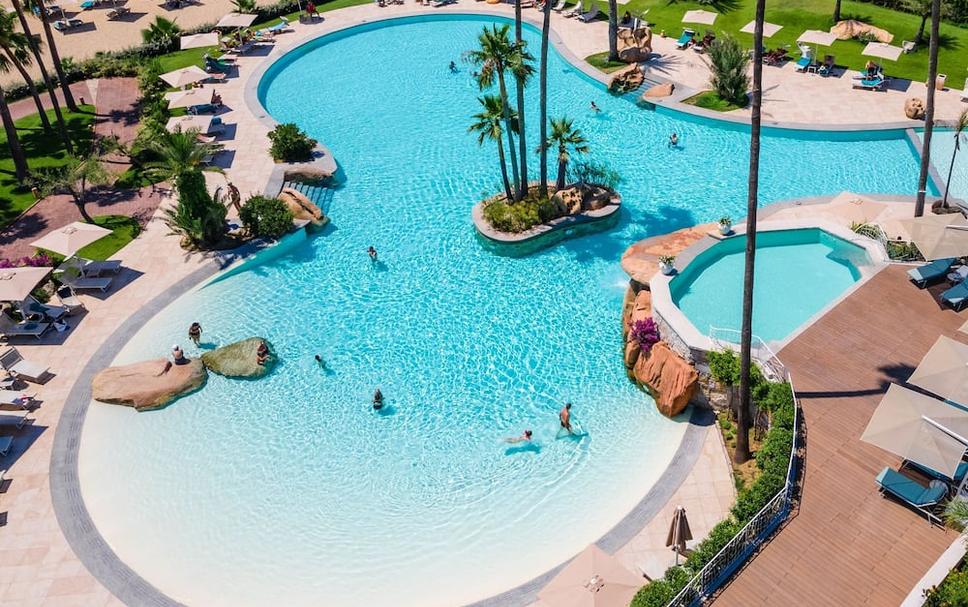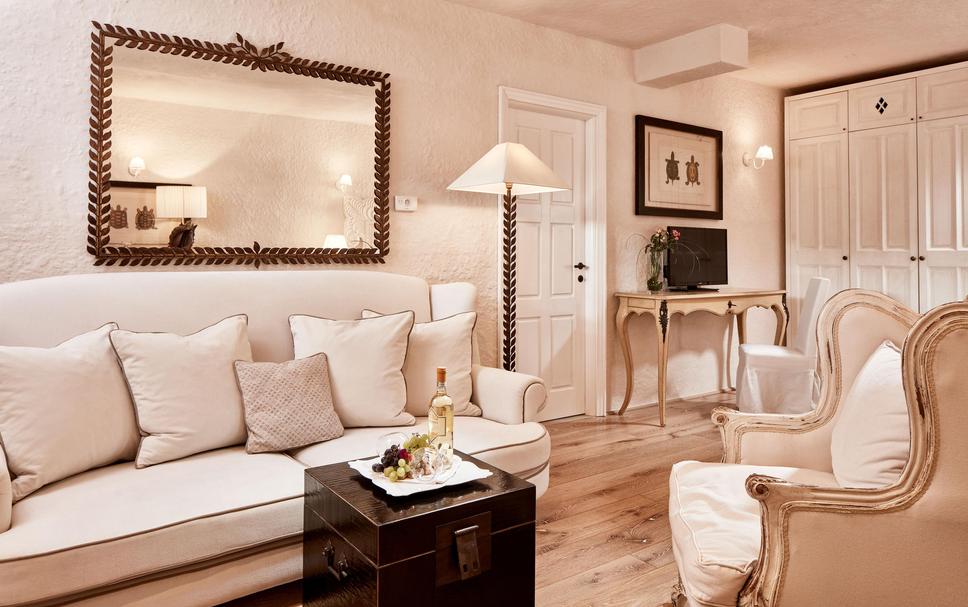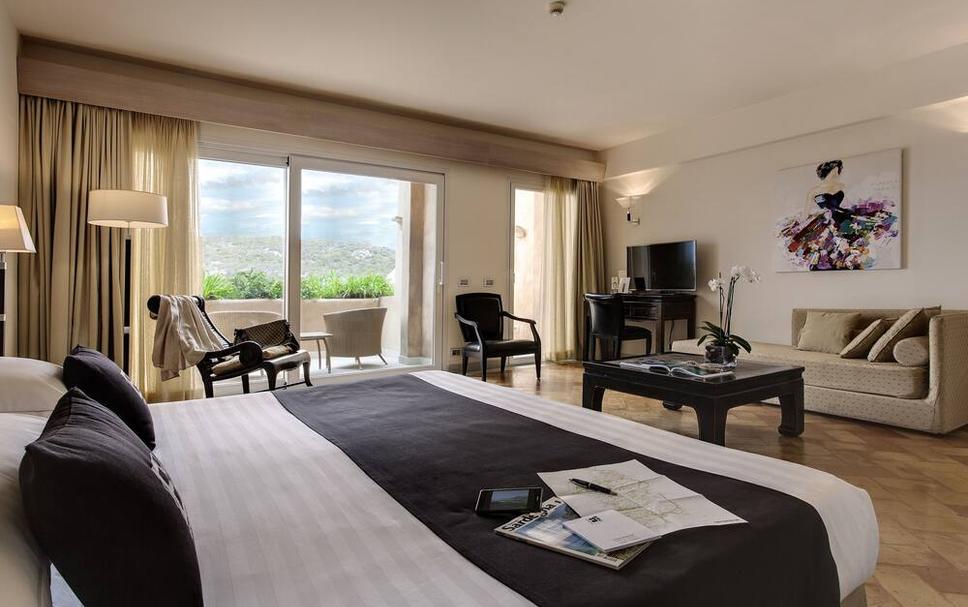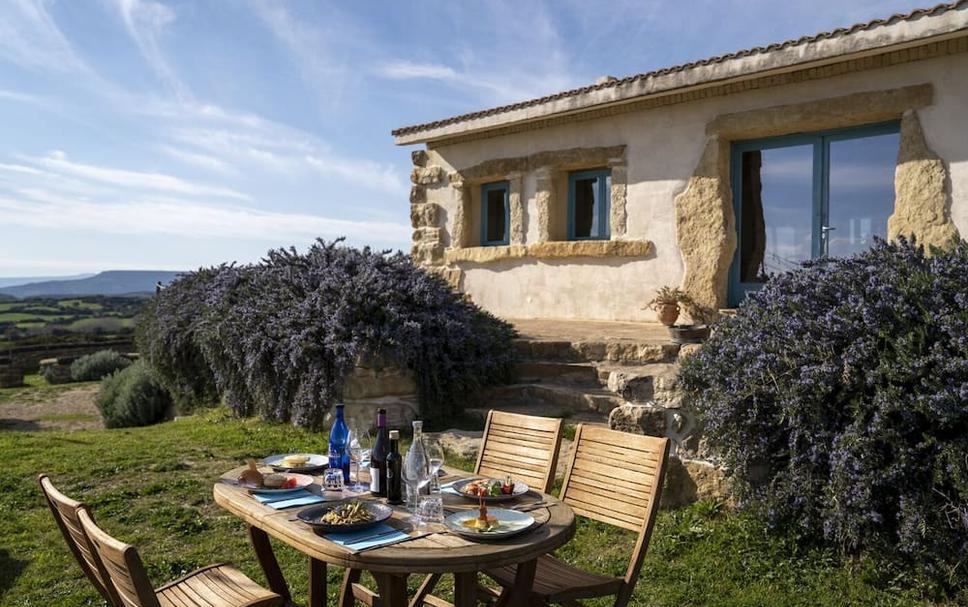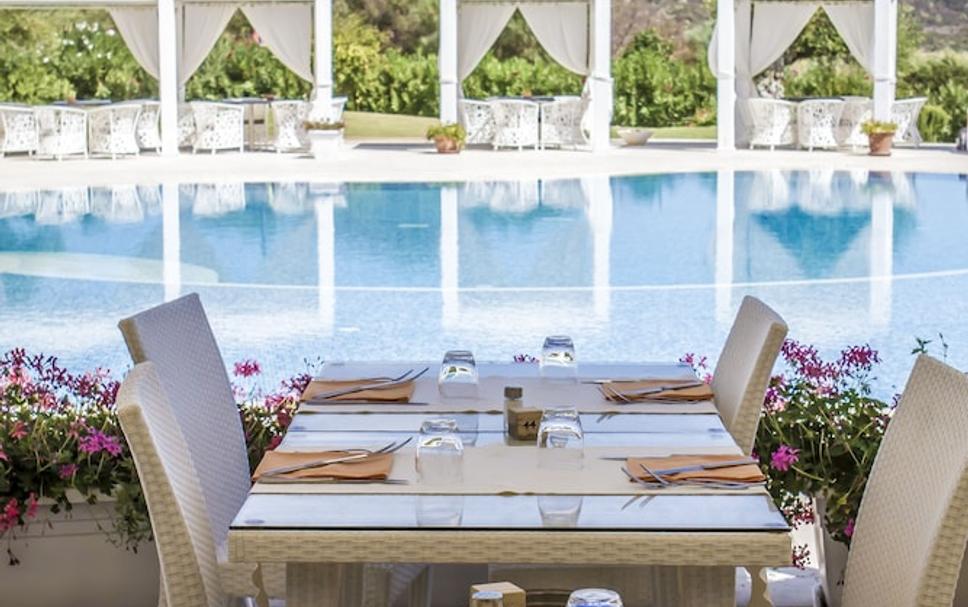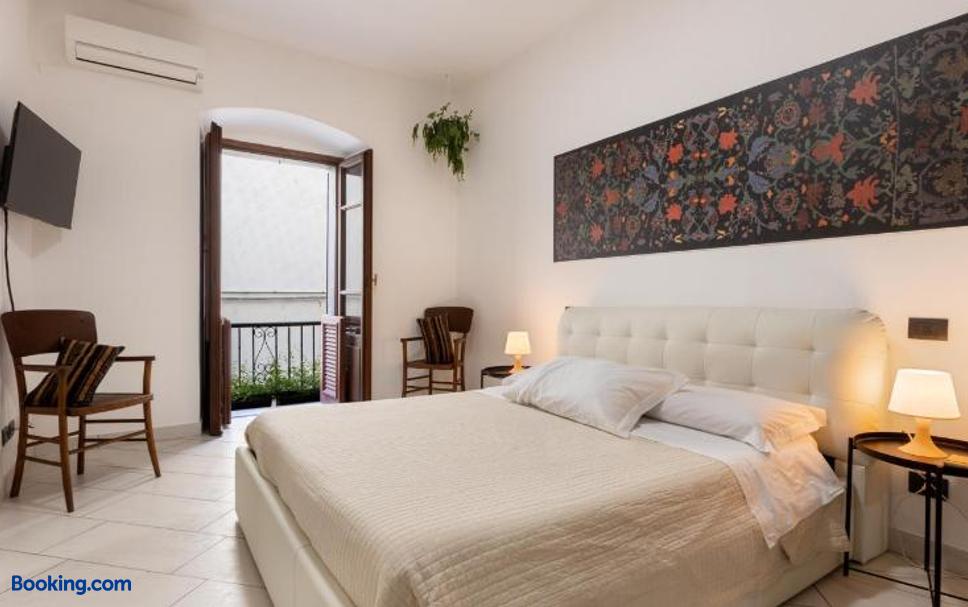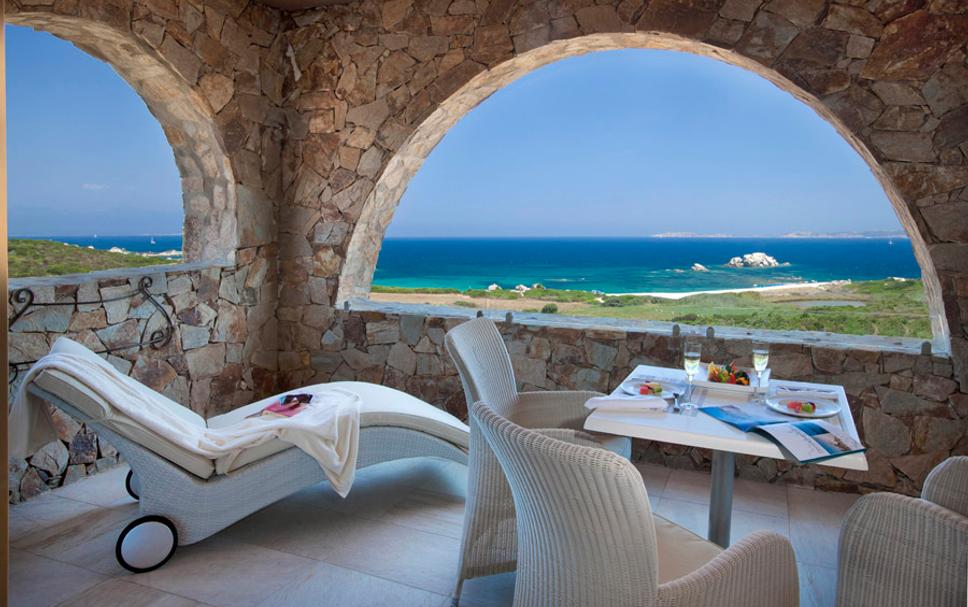Note: The Travel Awaits team regularly updates content to provide the latest, and most accurate information to our readers. The updated content in this article may not reflect the views or opinions of the original author.
Provence. I’m sure you have heard of it. Lavender fields, the Mediterranean Sea, hilltop ancient villages, and a landscape dotted with vineyards, orchards, and farmland. Provence is part of a large region in France named Provence-Alpes-Cote d’Azur.
Falling for Provence France and its charming, relaxed lifestyle is not hard. Long lazy lunches on shady terraces overlooking the sea, olive trees, cicadas chirping, a hot summer sun, and brilliant blue skies are just part of the reason you’ll be falling in love with Provence, France. Here are 11 reasons that I adore this region of France.
13 Amazing Things to Do in Provence, France
1. Hill Towns Of The Luberon

The hills towns of the Luberon are the perfect place to fall for Provence, France. The Luberon consists of three mountain ranges, and located in the valleys, plateaus, and hilltops are marvelous, unspoiled medieval villages.
There are many villages to visit, but two of my favorites are Gordes and Roussillon. Gordes, perched on a cliff cascading down the hillside, and Roussillon with its ochre landscapes and pine trees are both unforgettable. Plan to hike the Ochre Trail (Sentier des Ocres) in Roussillon.
Pro Tip: Base yourself in Avignon if you want to spend time exploring the hill towns of the Luberon or, better still, stay in Gordes at La Bastide, with its sweeping views over the Luberon.
Explore hotels and Airbnbs near Hill Towns Of The Luberon
2. Lavender Fields Of Provence, France

The experience of standing amidst row upon row of purple lavender blooms, their delicate and familiar scent wafting across the breeze, is pure Provence magic. Purple fields endlessly stretch towards distant mountains, with the odd cypress tree posing, making for some magnificent photo opportunities. Valensole is the ultimate place to see lavender fields, but they dot the summer landscape in Provence and can be found in the Luberon and the Sault Plateau as well.
Pro Tip: Early July is the best time to plan your visit to the lavender fields of Provence, France. As can be expected, the climate plays a role each year in the optimal time to see the lavender blooming. Here is our list of the most beautiful lavender fields to visit in the area!
Explore hotels and Airbnbs near Lavender Fields Of Provence, France
3. The Seaside Town Of Cassis, France

Cassis, also known by its nickname “Little Saint Tropez,” is seaside perfection. Sailboats bob in the harbor against a backdrop of colorful awnings, fishers unload their daily catch, and quayside cafes display their chalkboard menus. Tall shuttered houses painted in faded pastel colors line narrow cobblestone streets perfect for exploring. Peruse the fabulous Wednesday and Friday markets to stock up on local delicacies. Spend an afternoon at Bestouan Beach to relax, dip in the Mediterranean Sea and soak up the sun. Top off the day sitting at a cafe and partaking in fresh mussels and the local white Cassis wine.
Pro Tip: La Villa Madie, a double-starred Michelin restaurant, has magnificent food along with spectacular views over the Mediterranean.
Explore hotels and Airbnbs near The Seaside Town Of Cassis, France
4. The Calanques In Provence, France

Picture this. Soaring white limestone cliffs carved uniquely by the elements. The blue waters of the Mediterranean slipping down the narrow inlets between the cliffs.
The Massif des Calanques is an exceptional, rugged terrain positioned between Marseille and Cassis. One of the best ways to experience the Calanques is to take a boat tour from Marseille, Cassis, or la Ciotat. During peak season, the guided boat tours leave regularly, taking you across the sparkling salty water and past the towering cliffs and inlets. The vista is remarkable.
Another way to see the Calanques is by kayaking or hiking. It is highly recommended to take a guided kayaking tour. The hiking trails are rugged, so it is best to wear hiking boots or solid footwear. The views are spectacular from the top of the cliffs, and the opportunity to swim and picnic along the inlets is unforgettable. As you can see, Aix-en-Provence offers a lot of things that you can do.
Pro Tip: The hiking trails are usually closed to the public in the summer due to the risk of forest fires in the intense dry heat. I hiked from Cassis in the third week of June and the trails were still open.
Explore hotels and Airbnbs near The Calanques In Provence, France
5. The Markets At Aix-En-Provence

There is a daily market in Aix-en-Provence in Place Richelme that is well worth a stop if you stay at an Airbnb and plan on cooking. The Saturday market down Cours Mirabeau is one that shouldn’t be missed. Le Cours Mirabeau is lined with stalls selling clothing, and textiles such as unique throw blankets, purses, jewelry, lavender honey, and unique Provencal goodies. Allow yourself plenty of browsing time, and be sure to leave some extra space in your suitcase for your treasures.
Pro Tip: Hotel Le Piggonet is the perfect place to stay with its views of Saint-Victoire, large gardens, and spa.
Explore hotels and Airbnbs near Aix-En-Provence
6. The Notre-Dame Of Senanque Abbey

You could easily miss this Abbey if you didn’t know about it! Notre-Dame of Senanque Abbey is secluded in a valley nestled into the side of an enormous hill. This Cistercian monastery was founded in 1148, and still to this day, monks live here praying seven times a day. The monastery is framed with lavender fields, making it another picture-perfect destination in Provence, France.
The Abbey is open to guided tours (only in French) and self-guided tours in eight different languages. Tours include the abbey church, the old dormitory, the cloister, and the chapter room.
Pro Tip: Plan a visit to Notre-Dame of Senanque Abbey with your trip to Gordes. Follow the signs from Gordes and wind along the narrow road for 2.5 miles. Notre-Dame of Senanque Abbey is well worth the side trip.
Explore hotels and Airbnbs near The Notre-Dame Of Senanque Abbey
7. Moustiers-Sainte-Marie

Moustiers-Sainte-Marie, designated as one of the most beautiful villages in France, is situated between towering limestone mountains. Strung between those two mountains is a star on a chain. The legend of this hanging star dates all the way back to the Crusades. Explore the cobbled streets of Moustiers-Sainte-Marie, marvel at the waterfall flowing in the center of the village, and admire the locally made ceramics (faiences). Climb the 262 steps up to the Chapel Notre-Dame-de-Beauvoir perched on the top of a cliff watching over the town. The sweeping views over the countryside are magnificent.
Pro Tip: La Bastide de Moustiers is a Michelin-starred restaurant and hotel situated in Moustiers-Sainte-Marie.
Explore hotels and Airbnbs near Moustiers-Sainte-Marie
8. The Gorges Du Verdon

The water’s turquoise color is enough to add the Gorges du Verdon to any itinerary through Provence, France. The aquamarine water flowing at the bottom of the Gorge is a color unlike any other. Driving past, there are places to park and stand in awe at the natural landscape but preferably plan to spend a few hours exploring. Rent a kayak, canoe, or paddleboat and experience this stunning location up close and personal. Let the water trickle through your fingers, have a picnic on the rocky shore, and watch the local youngsters cliff jumping.
Pro Tip: This is an area for all outdoor enthusiasts. There are hiking trails, stand-up paddleboards, and also paragliding.
Explore hotels and Airbnbs near The Gorges Du Verdon
9. Enjoy Provencal Cuisine
The cuisine of Provence is very Mediterranean in style and flavor. Look for tapenade, a dip made with olives, capers, anchovies, and garlic. Fougasse, an Italian-style flatbread, usually comes stuffed with olives and herbs of Provence. Bouillabaisse, which originates in Marseille, is a delicious fish and seafood stew. Nougat filled with honey, sugar, almonds, and egg whites is a local specialty found in the stores and markets. Don’t forget to try lavender ice cream. Yes, it’s purple!
Pro Tip: Le Formal – Les Caves Henri IV is the place to go if you are looking for gastronomic delights in Aix-en-Provence.
Explore hotels and Airbnbs near Provence, France
10. Drink Rose Wine In Provence, France

With Provence being the main producer of rose wine in France, it seems just right to sit at a seaside cafe or a hilltop restaurant with the summer sun beating down and sip a glass of chilled local rose wine. Provencal rose comes in a variety of hues ranging from salmon pink to peach to cantaloupe. Crisp, fruity, floral, or savory, Provencal wine surprises with its flavor.
Pro Tip: Rose is quite affordable. If buying rose in Provence, look for gold, silver, or bronze “Vins de Provence le Concours” stickers on the bottles.
Explore hotels and Airbnbs near Provence, France
11. Follow Van Gogh’s and Cezanne’s Footsteps In Aix-En-Provence
Vincent Van Gogh‘s years in Aix-en-Provence were prolific and tumultuous. Inspired by the region’s vibrant colors, he painted iconic works like “Starry Night Over the Rhône” and “Sunflowers.” Despite struggles with mental health, he found solace in Arles, creating masterpieces amidst inner turmoil. His time here remains a testament to artistic passion and perseverance.
Paul Cezanne was born in Aix-en-Provence, and the city is most proud of this father of modern painting. Atelier de Cezanne (Cezanne’s workshop) on Chemin des Lauves has been left much as it was when he died in 1906. Easels are still standing along with his studio coat and hat. Book in advance to visit this studio.
Walk up the hill from Cezanne’s workshop to the open-air gallery where nine reproductions of his painting are displayed. In this exact spot, Cezanne painted his beloved mountain Mont Sainte-Victoire in at least 28 paintings.
For more of Paul Cezanne, visit the Granet Museum in Aix-en-Provence.
Pro Tip: Keep an eye open for the studs on the sidewalks marked with a “C” and Cezanne’s name. They indicate locations in the city where he lived and went to school.
Explore hotels and Airbnbs near Aix-en-Provence
12. The Medieval Town of Avignon
Avignon is most famous for its old city clustered within impressive medieval walls. Moreover, the whole old center of Avignon is a UNESCO world heritage site. The most important monuments are the Palais des Papes, or the Pope’s Palace, one of the most important medieval Gothic buildings of Europe, and the Calvet Museum, the heart of the cultural offer in Avignon.
There is also the famous “Pont d’Avignon“, the remnants of a medieval bridge across the Rhône, which has become a tourist attraction, and perhaps the most famous thing to see in this part of Provence.
Pro Tip: The ruins of the castle of Villeneuve d’Avignon across the river are worth a visit.
Explore hotels and Airbnbs near The Medieval Town of Avignon
13. Roman Provence
This region was the first Roman province outside of today’s Italy. The region’s economic and artistic life flourished under the Roman administration. The towns of Orange, Arles, Nimes, Orange, Vaison la Romaine, and Fréjus are the best places in Provence to see magnificent remains of Roman arenas, amphitheaters, spas, and villas.
Pro Tip: Don’t miss a visit to the Roman Aqueduct of Gard and the visit to Glanum, the most complete ancient archeological complex in France located outside Saint-Rémy.
Explore hotels and Airbnbs near Roman Provence
FAQs
Why Visit Provence?
Provence region in Southern France is known for its medieval hilltop villages and little towns in Les Baux de Provence, local cuisine, rosé wines, and olive groves, and is most beautiful in the lavender season. The French Riviera and Provence are some of France’s most glamorous and visited destinations.
How Many Days in Provence Is Enough?
A few days are enough to see Aix, Palais des Papes in Avignon, and Calanques National Park, while a full week will allow time to see more towns, Roman ruins, famous lavender fields, and perhaps Le Parc National des Calanques.
What Are the Borders of Provence?
Provence begins in the Mediterranean in the South of France and stretches from the Italian border in the east to the bank of the Rhône River in the west, although the definition of Provence’s borders will change depending on who you’re talking to.
Where Is the Best to Stay When You Visit Provence?
Aix is the best city to stay when visiting Provence if you want to see everything the region has to offer. It’s only around an hour’s drive to the Camargue, Avignon, the Luberon region, the rural commune of Les Baux de Provence, and the dramatic limestone cliffs of Verdon Gorge.
Where Can I See the Van Gogh Sites in Provence?
You can follow in Vincent Van Gogh’s footsteps in Arles and Saint-Remy-de-Provence, where Vincent Van Gogh spent most of his 2.5 years in France. He was inspired by the region’s scenic fields of flowers that stand out against the blue sky.






